Timbuktu: the rich tapestry of Afro-Islamic intellectual tradition
Timbuktu, now located in Mali, holds a significant place in the Islamic history; its trade links, libraries and architectural wonders. The city was founded during the dominance of the Ghana Empire by the Sanhaja desert nomads around 1100 AD. When in the late seventh centuries AD Umayyad dynasty, a powerful, well-structured Islamic dynasty of that time, conquered the North Africa, the Islamic culture was introduced to the continent and thus, the cities like Baghdad, fez and Timbuktu became prosperous with the religious tradition.
In the beginning, Timbuktu emerged as a semi-permanent nomadic settlement and later evolved into a town and then a city of permanent settlement. From 1100 to 1300, Timbuktu became a centre of commercial exchange between Saharan Africa, Tropical Africa and Mediterranean Africa. Later on, the city was ruled by several dynasties and its significance went on until it decayed, miserably, following the imperialism and natural disasters.
The scholastic importance of the city is worth mentioning. After the Muslim migrations to the continent, Timbuktu became known for its educational institutions, massive collections of religious manuscripts and great scholars. The academics continuously contributed to the educational environment of the medieval era by displaying interest in a variety of fields. As a result, research on Islam was done with a higher level of proficiency among them. The majority of the Timbuktu manuscripts contained works in the fields of theology, law, Hadith collections, Sufi writings, Qur'anic exegesis, and other closely connected fields. Significantly, the knowledge traditions were transmitted during the Malian, Songhai, and Askiya empires.
Apart from the religious studies, the educational institutes in the city engaged with studies related to Arabic grammar, rhetoric and other branches. Scholars from various parts of the continent flew into Timbuktu in order to get better understanding of astrology , medicine, logic ( often translated from Arabic) , and prosody. Astrology and astronomy manuscripts
Collected from the Mamma Haidara and Konaté Libraries so evidently speak about the multi-disciplinary approaches taken by its educational institutions.
The public libraries in Timbuktu were home to many manuscripts and Ajami literatures. For example, al Wanghari library, one of the oldest libraries built in sixteenth century under Baghayogho alWangari (d.1594), consisted of several historical collections. Many copyists worked at the libraries translating and copying Arabic documents into their languages. Interestingly, the transcription systems in Timbuktu were more advanced than the contemporary Europeans until the printing technology was introduced in the west in 15th century. Since the most of the texts were written in Arabic, some of them are found also in local languages. The households in the nearby areas preserved the documents, copied and authored in Timbuktu.
Mansa musa, popularly known as Kansan musa and considered as the wealthiest ruler in the world history, led the city to a complete commercial and educational centre of western Africa under the reign of Malian dynasty. Being a devoted Muslim, Mansa musa was committed to the propagation of Islam. Musa engaged in a large building program, by contributing to the raising of mosques and madrasas in Timbuktu and Gao.
The most notable contribution of Mansa musa is the construction of Sankore mosque which later became the main teaching venue in Timbuktu. It was later converted to a fully staffed institution, accommodating around 25000 students. In his return from a pilgrimage to mecca, Musa brought with him the great Granada architect and poet Abu Ishaq Al- Sahili for making his constructions. In addition, various architects from Andalusia were brought for the architectural activities during his reign.
Kwame Nikruma, a Ghana nationalist, made a speech in 1967 stressing the importance of Sankore University: “If the University of Sankore had not been destroyed, if the University of Sankore as it was in 1591 had survived the ravages of foreign invasions, the academic and cultural history of Africa might have been different from what it is today”. Although many manuscripts were ruined, the Sankore masjid is seriously mentioned in the documents discovered from excavations.
The three mosques in Timbuktu, namely Djingareyber, Sankore and Sidi Yahia, remain monumental in the afro-Islamic architectures. In the recent years, the actions put forth by Malian governmental and non-governmental organisations helped excavate and renovate these mosques. The architectural diversity in these monuments still remains substantial in the archaeological studies of western Africa.
The commercial significance and landmark of Timbuktu cannot be overstated. After Malian dynasty, considerably the reign of Mansa Musa, the city became a major trade link in between the northern and central Africa. It attracted many traders from the Middle East and different parts of Africa. This flow of trade allowed an intellectual flow in the city and provided a mixture of multiple civilizations.
From among the greatest scholastic presences of Timbuktu is Abu al-Abbas Ahmad ibn Ahmad al-Timbukti popularly known as Ahmad Baba (reign 1556-1627). His scholarship in fiqh (jurisprudence), hadith (prophetic traditions), tafseer (exegesis) and nahv (Arabic grammar) were mentioned in various sources. He was inspired by his teacher Muhammad Baghayogo Al-Wangar and qadis in his city. His expertise in classical texts is a reflection of active Arabic scholarship in Timbuktu.
Ahmed baba is a prolific writer on a wide range of topics. His biography on Muhammad Abd al Karim al-Maghili, was deeply influenced in South Sudan and was deeply considered for the scholastic purposes. He addressed several misconceptions on the African black race and thus, seriously protested against the discriminations in the name of their race through his famous work titled muqaddima. The questions on the sinful origin of blacks were eliminated by this work. In addition, Ahmad baba led several wars against the Moroccans during which he intellectually opposed them.
To conclude, after being a prosperous centre of Islamic intellectual activities, the city of Timbuktu was tragically collapsed. There are two main reasons: colonialism and natural disasters. When in 18th century the French colonial powers destroyed a considerable amount of manuscripts in the city, it caused a wider refutation of its intellectual legacy. The second one, natural disasters, made the city trap in the severe climate problems and dim the light that flowed from its cultural and intellectual considerations. Despite the city’s collapse, it is hard to deny Timbuktu’s importance in the Islamic history and the way it taught the whole Africans to think decisively on knowledge and tradition.
Endnotes:
- Rudolph R. Windsor (1969). From Babylon to Timbuktu: A History of the Ancient
- Black Races Including the Black Hebrews. Windsor: Africa world press and the red sea press
- Abdi O. Shuriye and Dauda Sh. Ibrahim. (2013). Timbuktu Civilization and its Significance in Islamic History. Mediterranean Journal of Social Sciences.
- UNESCO List of world Heritage in Dangers, Retrieved on 250513 from httpwhc.unesco.orgendanger
- Reklaw education. (2021 October 2021). The Manuscripts and Intellectual legacy of Timbuktu. The black history man.
- Paper read at the Africa Seminar held in Cairo at the invitation of the two organs At-Talia and Problems of Peace and Socialism. by Peace and Socialism Publishers, Prague, 1967, in a volume titled “Africa: National and Social Revolution”, Transcribed: by Dominic Tweedie
About the author :
My name is Sahal zakriya. I am a degree third year student at DHIU in the department of Aqidah and Philosophy. I am from Kannur district of Kerala.
Disclaimer
The views expressed in this article are the author’s own and do not necessarily mirror Islamonweb’s editorial stance.

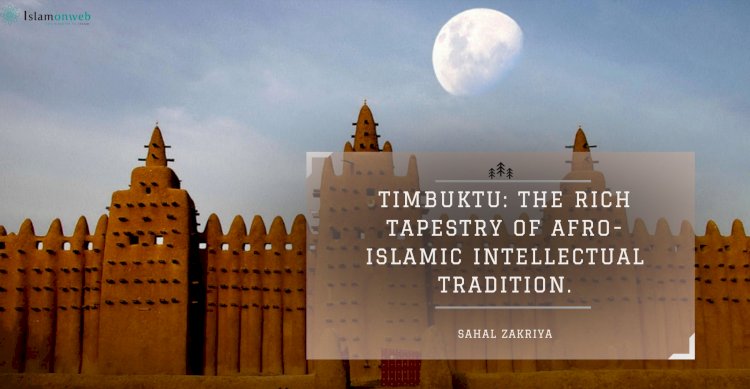


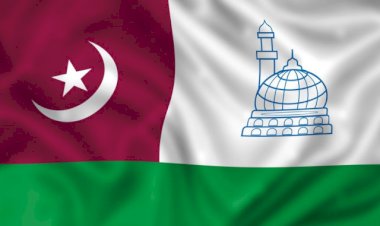
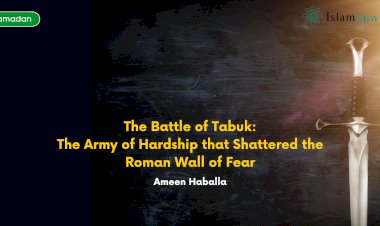

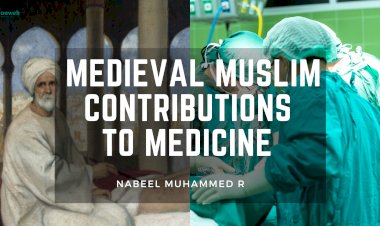
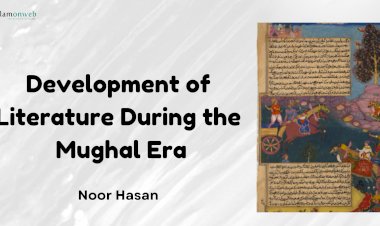
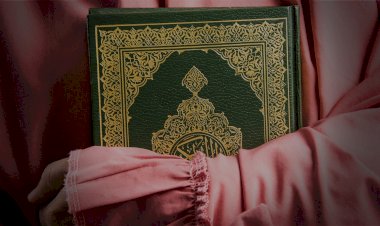














Leave A Comment